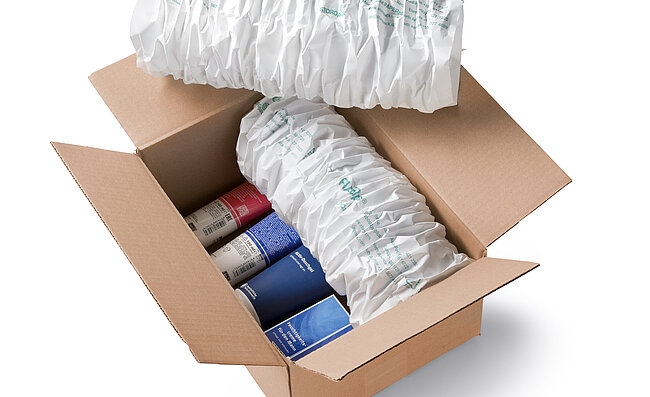
In today’s fast-paced world, paper packaging plays a crucial role in our daily lives. From food containers to gift boxes, paper packaging offers convenience, protection, and sustainability. But have you ever wondered what goes into making this versatile material? In this blog post, we will delve into the world of paper packaging and explore the raw materials that make it possible.
- Wood Pulp: The Foundation of Paper Packaging
At the heart of paper packaging lies wood pulp, the primary raw material. Wood pulp is derived from various sources, including softwood and hardwood trees. Softwood pulp, obtained from coniferous trees like pine and spruce, is known for its long fibers, which contribute to the strength and durability of paper packaging. Hardwood pulp, on the other hand, is sourced from deciduous trees such as birch and eucalyptus and is valued for its smoothness and printability. - Recycled Fiber: Breathing New Life into Paper Packaging
In an era where sustainability is paramount, recycled fiber plays a vital role in paper packaging production. Recycled fiber is obtained from used paper and cardboard products, which are collected, sorted, and processed to remove impurities. This eco-friendly approach not only reduces the demand for virgin wood pulp but also minimizes waste and conserves valuable resources. - Additives: Enhancing Performance and Functionality
To meet the diverse requirements of paper packaging, various additives are incorporated during the manufacturing process. These additives include fillers, such as calcium carbonate, which improve the paper’s opacity and smoothness. Additionally, sizing agents are used to enhance water resistance, while coatings provide a glossy or matte finish. These additives not only enhance the visual appeal of paper packaging but also improve its strength, printability, and barrier properties. - Chemicals: Catalysts for Transformation
Chemicals play a crucial role in the transformation of raw materials into paper packaging. Sodium hydroxide and sodium sulfide are used in the pulping process to break down wood fibers and remove impurities. Bleaching agents, such as hydrogen peroxide or chlorine dioxide, are employed to achieve the desired brightness and whiteness. Furthermore, various chemicals are used to control pH levels, improve drainage, and optimize the papermaking process.
Conclusion:
Paper packaging is a testament to the ingenuity and resourcefulness of the materials used in its production. From wood pulp and recycled fiber to additives and chemicals, each component plays a vital role in creating high-quality, sustainable, and functional packaging solutions. By understanding the raw materials behind paper packaging, we can appreciate the intricate processes involved and make informed choices that contribute to a greener future.

